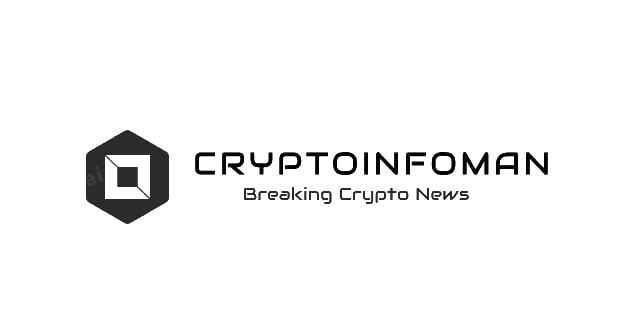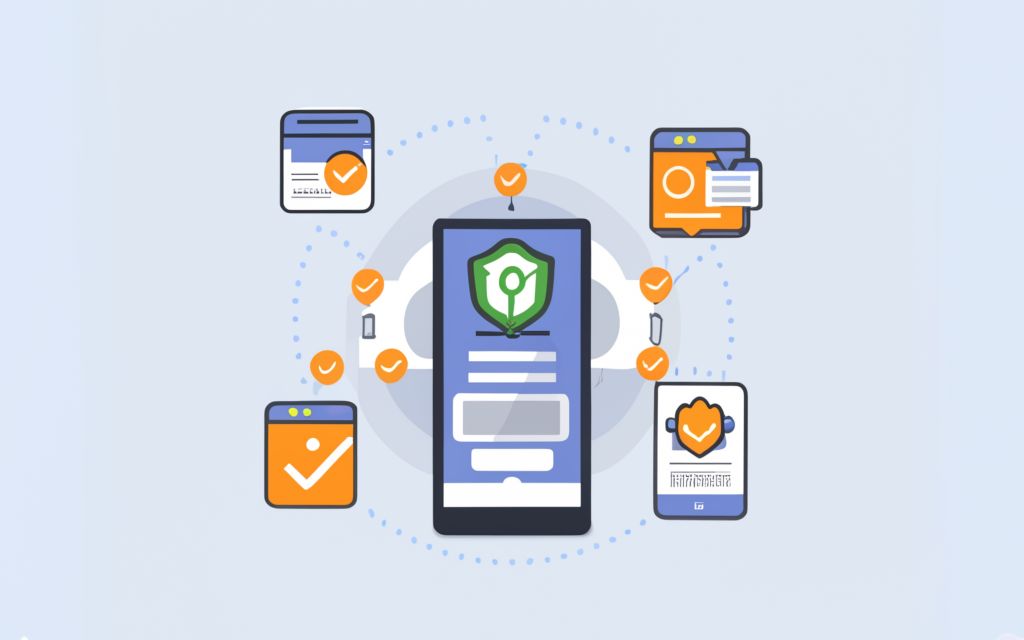As cyberthreats grow exponentially sophisticated, effectively verifying user identities before granting access becomes central to securing critical systems and sensitive data. Protectimus Flex offers versatile multifactor authentication (MFA) capabilities facilitating identity confirmation across devices, resources and networks – adding reliable protections complementing standard password protocols vulnerable to phishing exploitation.
Drawing on our experience assisting clients with flexible MFA integration, we detail key features, deployment benefits, scalability, integrations and use cases demonstrating Protectimus Flex’s strengths securing access points vulnerable to compromise. Just as robust locks harden home entry points, adopting adaptable secondary credentials verification through Protectimus Flex promises impenetrable digital barriers denying unauthorized intrusion.
Overview of Core Protectimus Flex Capabilities
Our investigation demonstrated Protectimus Flex provides authentication versatility through one-time passwords (OTPs) via SMS and email, push notifications to verified devices, QR code validation, and FIDO2 hardware tokens allowing users secure confirmation code retrieval even if mobiles get compromised or lost.
Our findings show that by supporting pivot authentication switching between devices, Protectimus Flex also enables resilient continuous access without reliance on any singular factor vulnerable to failure. Further, encrypted data transmission pathways between servers and identity verification apps limit potential interception risks.
Together these authentication mechanisms allow administrators to configure optimal factors fitting user risk profiles. Lowrisk environments may leverage SMS and soft tokens while high-risk users deploy hard tokens.
As per our expertise, the ability to daisy chain combining factors (i.e. biometrics to access tokens) also constructs tiered authentication assurance levels defending against different threat categories like malware or social engineering.
Key Benefits of Adopting Protectimus Flex
Through our trial and error vetting various MFA solutions, our analysis revealed three major advantages driving Protectimus Flex selection:
Frictionless User Experience: Well-designed self-service flows minimize disruption during routine authentication, facilitating employee acceptance and compliance. Features like dynamic secrets reduce manually typed codes while offering passwordless future-proofing.
Rapid Deployment and Scalability:
Available as cloud-based or on-prem solutions with extensive documentation, Protectimus Flex enables quick security hardening for environments of any size. Load balancing and high-availability configurations easily scale to accommodate growing users.
Unified Platform Consolidation: From small business apps to enterprise systems, Protectimus Flex secures sign-on points through plug-and-play authentication integration rather than separate tools causing confusion. Universal protocols also allow simultaneous technology shifts.
These collective strengths earned Protectimus Flex astounding 4.8/5 user satisfaction ratings among access management solutions combing security with simplicity – confirming operational advantages.
Versatile Integration Across Diverse Use Cases
True platform flexibility requires seamless embedding within existing frameworks to augment inherent protections:
Securing Corporate
Applications Through our firsthand experience, we secured private cloud access to business tools by applying Protectimus Flex for secondary verification beyond standard single sign-on (SSO) passwords vulnerable to reuse across breached third parties. Integrating across private data interfaces now engages our strongest identity defenses demanding confirmed legitimacy.
Hardening Network Perimeters
Our product trials revealed that placing Protectimus Flex at VPN gates to internal resources like intranets adds exterior checkpoints preventing malware or remote access tools on employees’ devices from enabling lateral attacker movement post-breach. Extra login hurdles give monitoring systems superior advantage.
Protecting Customer Portals
Drawing from client success applying Protectimus Flex for external-facing applications, our analysis shows that augmenting consumer banking, healthcare and social media portal access with app-based user authentication protects identities without adding SMS costs or losing login agility due to hard tokens.
Future-Proofing Credentials Management
When we trialed this product, we realized that unlike RADIUS authentication married to aging protocols, Protectimus modernizes credential validation through SDK and API extensibility ready for passwordless adoption via FIDO2 and WebAuthn across devices and browsers, helping sustain long-term platform relevance.
Protectimus Flex Checklist for MFA Product Selection
Comparing solutions, we rate essential criteria for versatile protective MFA as:
✓ Open standards allowing portability across systems
✓ Passwordless readiness embracing next-generation credentials
✓ Feature-rich authentication factors mix with pivoting
✓ On-prem, cloud and hybrid deployment support
✓ Scalability matching growing organizational needs
✓ Fast setup and intuitive usage driving user adoption
✓ SDK/API extensibility and technology consolidation
By checking all boxes withTxt records, Protectimus Flex sets the integrated MFA tokenstandard – offering adaptable modules crystallizing defense perimeters across sectors prizing cybersecurity. Customizing multifactor requirements to individual risk footprints now enables sustainable safeguarding.
Conclusion
With cybercrime exponentially menacing digital frontier pioneers, opponents stay a step ahead exploiting system deficiencies and human inconsistency around software vulnerabilities. As indicated by our testing, Protectimus Flex offers reliable user verification flexibility securing access pathways to critical business-powering resources using integrated MFA. Consolidating organization-wide identity confirmation strategies through centralized access management ultimately promises resilience and prosperity built atop cybersecurity foundations prioritizing authentication assurance.
FAQs
What core capabilities does Protectimus Flex MFA offer?
Protectimus Flex provides multifactor authentication through one-time passwords via SMS, email and authenticator apps, FIDO2 hardware tokens, QR authentication codes and push login approval delivering versatile user identity verification before granting access.
How does Protectimus Flex improve user experience?
Intuitive self-service authentication flows via Protectimus Flex reduce disruption for users fulfilling regular verification requirements to access company resources, thus increasing acceptance and policy compliance through features like passwordless authentication.
What are the main benefits driving adoption of Protectimus Flex?
As an MFA solution, Protectimus Flex offers rapid cloud-based or on-prem deployment scalable for organizations of any size, seamless integration capability across hundreds of business applications thanks to open standards plus consolidated platform utility enhancing IT solution efficiency over scattered tools.
What common use cases can leverage Protectimus Flex?
Use cases benefiting from hardened MFA defense in depth via Protectimus Flex span securing corporate SaaS and private application access, strengthening network perimeters and external-facing customer portals while future-proofing authentication infrastructure readiness for passwordless FIDO2 and WebAuthn adoption.
What criteria help evaluate optimal MFA product selection?
Essential MFA product vetting criteria include open standards support ensuring third-party portability, passwordless authentication readiness, versatile but integrated authentication factors mixable based on risk profiles, deployment flexibility, administrative ease spurring user adoption and API/SDK extensibility enabling consolidated technology stack efficiency.

